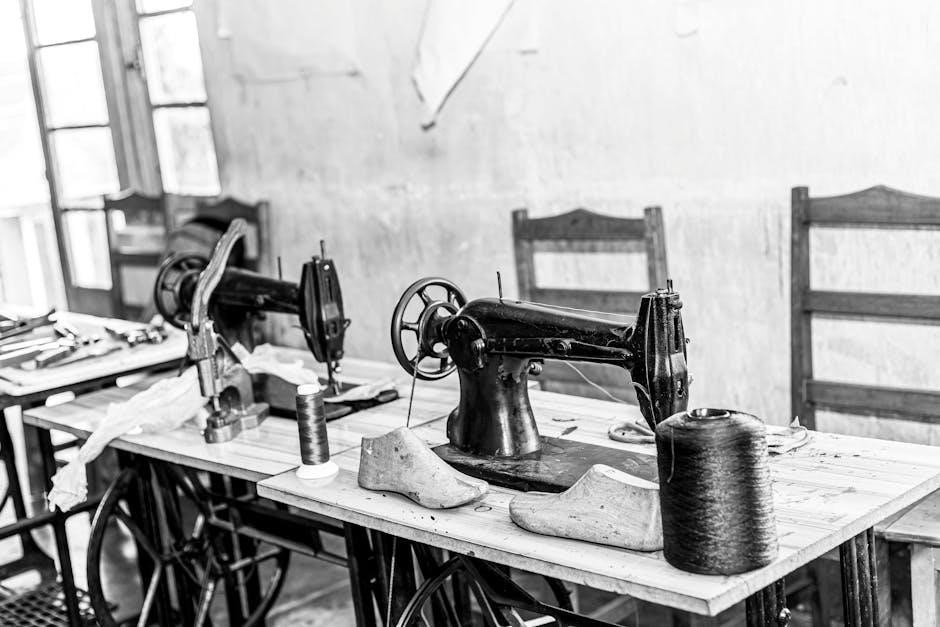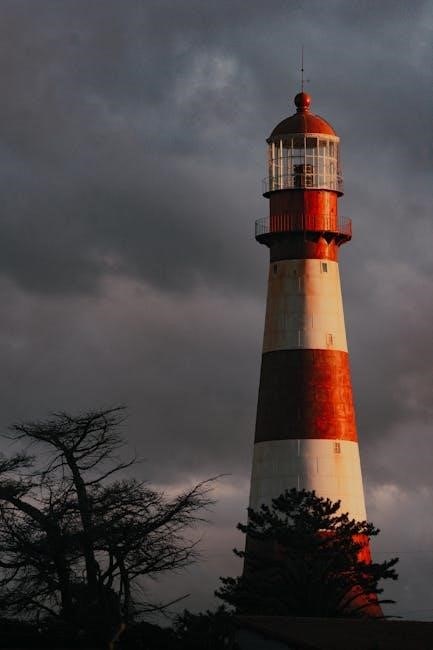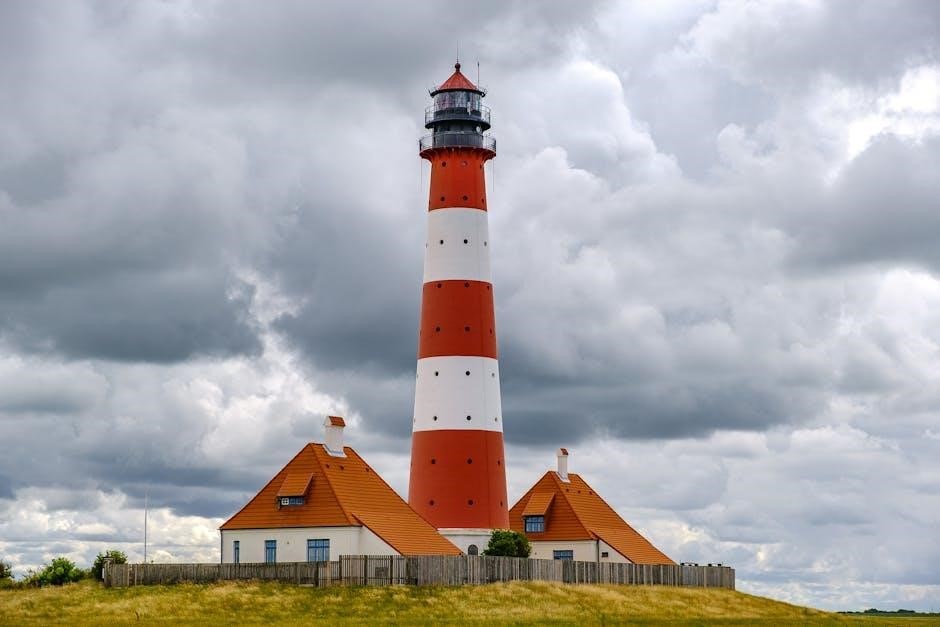Leatherworking in WoW Classic allows players to craft durable leather and mail armor, armor kits, and specialty gear. Ideal for rogues and druids, it enhances gameplay and provides valuable resources. Pairing with Skinning ensures efficient material gathering, making it an essential profession for both solo and guild play.

Importance and Value of Leatherworking
Leatherworking is one of the most valuable professions in WoW Classic, offering crafting opportunities for high-quality leather and mail armor, armor kits, and specialty gear. It is particularly favored by rogues and druids, as they benefit directly from the crafted armor. Leatherworkers can create essential items like the Onyxia Scale Cloak and Core Armor Kit, which provide significant defensive bonuses. This profession is also crucial for guilds, as it allows members to supply each other with vital equipment.
The ability to craft armor kits makes leatherworking a valuable asset for enhancing gear without relying on drops. Additionally, the profession supports both PvE and PvP playstyles, ensuring versatile utility. By pairing leatherworking with skinning, players can efficiently gather materials, reducing costs and making the profession more sustainable. Overall, leatherworking is a cornerstone profession for any player looking to optimize their gameplay experience and contribute to their guild’s success.

Finding Leatherworking Trainers
Leatherworking Trainers are located in major cities like Stormwind and Orgrimmar. Guards can help direct you to them. Expert trainers are found in specific cities, while Artisan trainers require venturing beyond major hubs for advanced training.
Locations of Trainers
Leatherworking Trainers are scattered across Azeroth, with most located in major cities. For Alliance players, Telonis can be found in Darnassus, while Horde players can train with Una in Thunder Bluff. Expert trainers are located in Stormwind and Orgrimmar, respectively. Artisan trainers, however, are found in more remote locations: Drakk resides in The Hinterlands (Aerie Peak for Alliance) and Thorkaf in the Badlands (Horde). These trainers provide essential skills and recipes as you progress. Additionally, some specialty trainers are located in less-traveled zones, offering unique patterns and advanced techniques. Always ask a guard for directions if you’re having trouble finding them. These trainers are crucial for unlocking higher-level recipes and specializations, making them a cornerstone of your leatherworking journey.

Materials and Resources Needed
Leatherworking requires a wide variety of materials, primarily sourced from skinning beasts and purchasing goods from vendors. The most essential resource is leather, which comes in different grades: Light Leather, Medium Leather, Heavy Leather, and Thick Leather. These are obtained by skinning creatures of varying levels. Additionally, hides such as Light Hide, Medium Hide, and Heavy Hide are cured using salt to create Cured Light Hide, Cured Medium Hide, and Cured Heavy Hide, which are critical for crafting higher-level items.
Other key materials include threads like Coarse Thread, Fine Thread, and Silken Thread, which are used for stitching. Bolts of cloth, such as Bolt of Silk Cloth, are also necessary for certain recipes. Iron buckles and dyes like Gray Dye and Black Dye are required for specific armor and gear. Some recipes also call for unique items like Onyxia Scales or Core Leather, which can be harder to obtain. Having a steady supply of these materials is crucial for efficient progression, especially when paired with the Skinning profession to gather resources directly from beasts.

Leatherworking Specializations
Leatherworking offers three specializations: Dragonscale, Elemental, and Tribal. Each provides unique recipes tailored for specific classes, enhancing gear for hunters, shamans, or other roles. Specialization choices depend on your class and gameplay goals, offering distinct crafting advantages.
Types of Specializations
Leatherworking in WoW Classic offers three distinct specializations: Dragonscale, Elemental, and Tribal. Each specialization provides unique recipes and benefits, catering to different playstyles and class needs.
– Dragonscale Leatherworking: Focuses on crafting high-stamina leather armor, ideal for classes like rogues and druids. This specialization requires completing a quest and is known for its expensive material costs.
– Elemental Leatherworking: Specializes in crafting mail armor with elemental resistance, perfect for shamans and hunters. It is the easiest specialization to obtain, requiring only a few items to unlock.
– Tribal Leatherworking: Revolves around crafting armor with enhanced health and agility. This specialization is the most time-consuming, as it requires completing a lengthy questline involving wild leather.
Choosing the right specialization depends on your class and gameplay goals. Each path offers unique advantages, making Leatherworking a versatile and valuable profession for any player.

Step-by-Step Leveling Guide

Leatherworking leveling in WoW Classic involves crafting armor kits, curing hides, and creating gear. Start with Light Armor Kits and cured hides, then progress to gloves, belts, and heavier armor. Efficiently reach 300 by following a structured recipe path.
Levels 1-75
Leatherworking begins with crafting Light Armor Kits and curing hides. Start by making 50 Light Armor Kits using Light Leather to reach skill level 45. At this point, switch to Embossed Leather Gloves, crafting 20 pairs to advance further. Once you hit 75, train in Journeyman Leatherworking and focus on curing medium hides and crafting Fine Leather Belts or Light Leather Pants to continue progression. This foundational phase ensures a smooth transition to more complex recipes as you approach higher levels.
Levels 75-150
From levels 75 to 150, Leatherworking focuses on refining your skills with medium-quality materials. Begin by crafting Cured Medium Hides (20 total) to support future recipes. Next, create Fine Leather Belts (15 total), which require 6 Light Leather and 2 Coarse Thread each. This recipe is essential for progressing and can later be used to craft Dark Leather Belts. If you prefer an alternative, consider making Light Leather Pants (10 total), which use 10 Light Leather, 1 Cured Light Hide, and 1 Fine Thread. Both options will help you reach level 100. At level 100, continue with Dark Leather Belts (15 total), combining Fine Leather Belts, Cured Medium Hides, and Gray Dye. This phase ensures a steady skill increase while preparing you for more complex recipes at higher levels.

Levels 150-225
Reaching levels 150 to 225 in Leatherworking introduces more advanced recipes that require heavier materials. Start by crafting Cured Heavy Hides (10 total), using Heavy Hides and increased amounts of salt. These are essential for later recipes. Next, focus on Heavy Armor Kits (25 total), which use 5 Heavy Leather and 1 Fine Thread each. These kits are highly useful for players and can be sold for gold. Once you reach level 180, craft Barbaric Shoulders (10 total), requiring 8 Heavy Leather, 1 Cured Heavy Hide, and 2 Fine Thread. These shoulders are popular among players and provide a good profit. This phase ensures steady progression while preparing you for the more demanding recipes at higher levels. The materials required during this range are readily available through skinning or vendor purchases, making it a critical step in mastering Leatherworking.
Levels 225-300

Reaching levels 225 to 300 in Leatherworking is the most challenging but rewarding phase. At 225, you can choose a specialization: Dragonscale, Elemental, or Tribal Leatherworking, each requiring specific quests and materials. For Dragonscale, you’ll need to complete a series of quests, while Elemental requires turning in 8 specific items. Tribal is the most time-consuming, as it involves a lengthy questline. Once specialized, focus on crafting high-level items like Dusky Bracers (5 total) and Ironfeather Shoulders (10 total), which use Heavy Leather, bolts of silk cloth, and dyes. These recipes are essential for reaching 300. Additionally, craft Core Armor Kits and Onyxia Scale Cloaks for maximum efficiency. This final stretch requires careful planning and significant resources but unlocks the most powerful gear in the game, making it a crucial achievement for any serious crafter or player.

